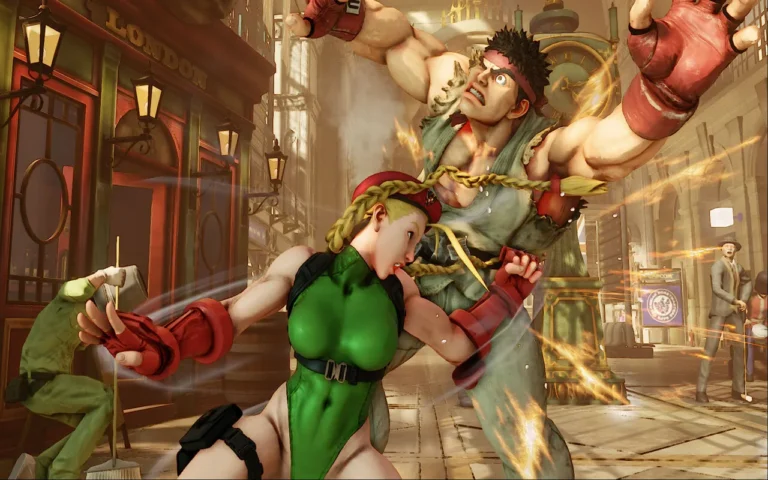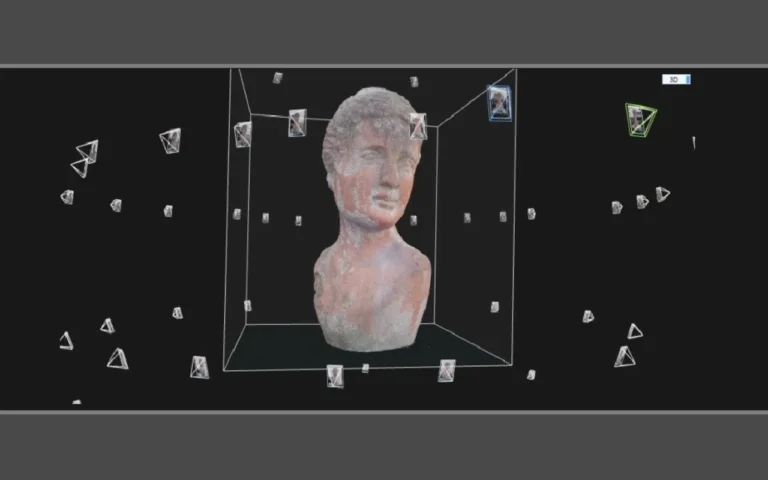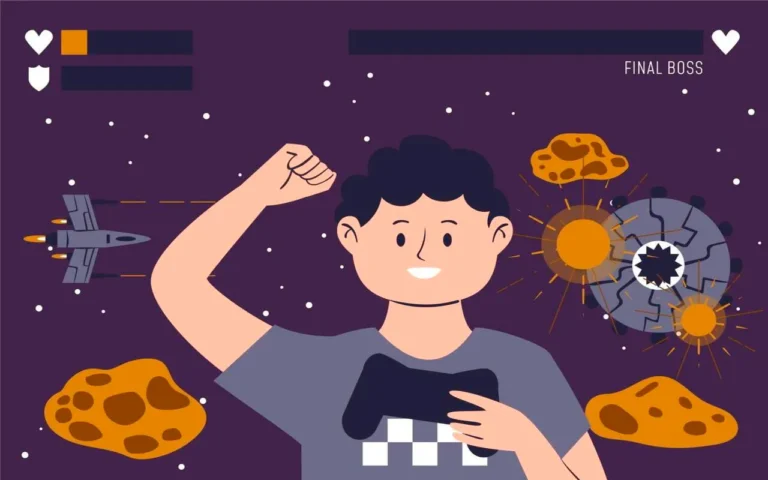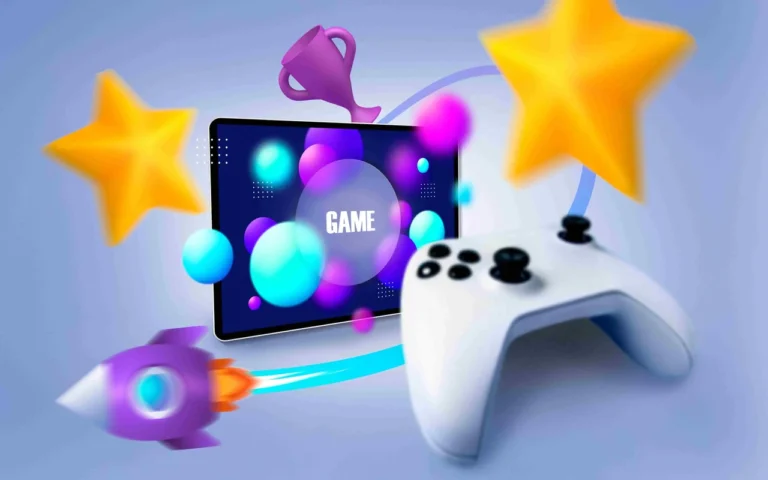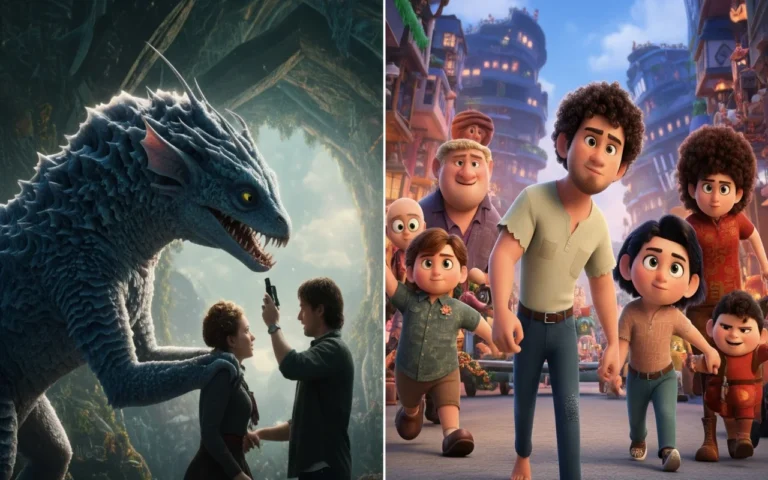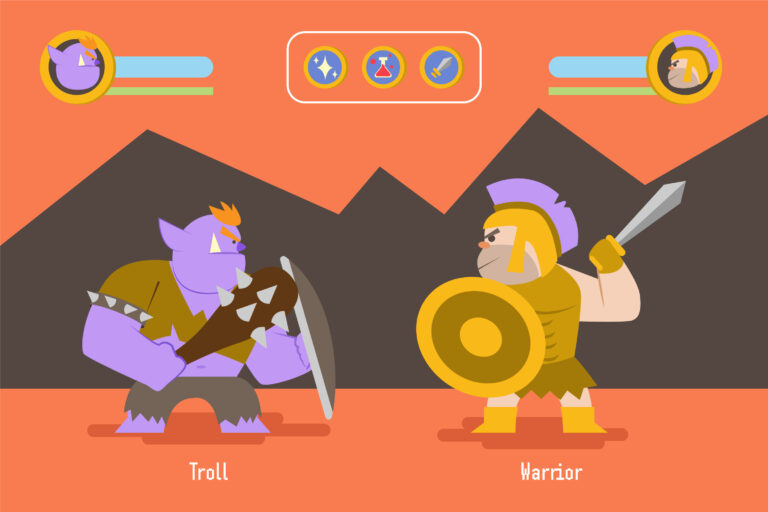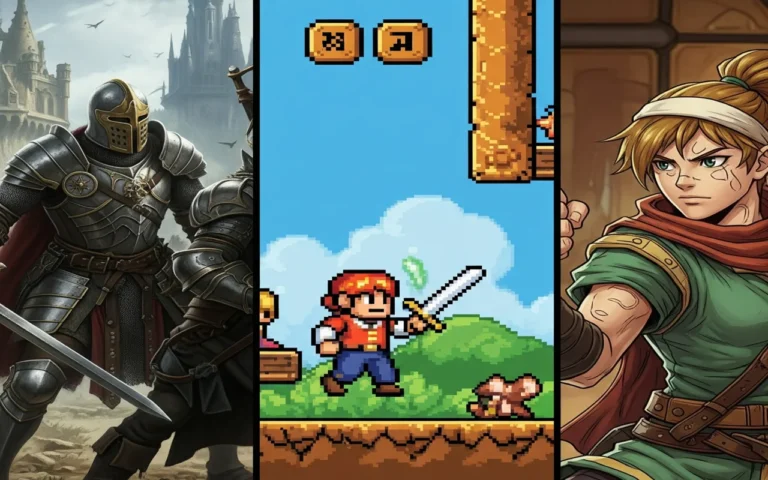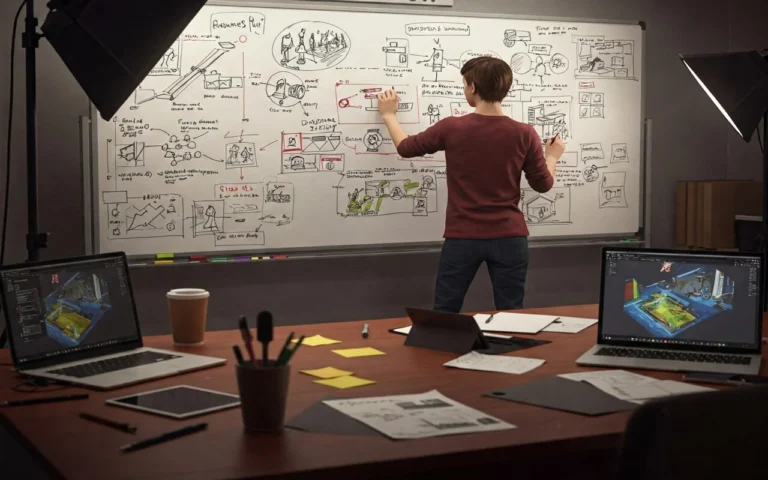The way NPR technology allows games to build their own amazing styles instead of striving to seem “real” is just fantastic. The charming cartoon world of Wind Waker and the beautiful brush strokes of Okami are just two examples of how NPR has made it easier for people to be artistic in games.
Plus, developers can make unique visual experiences that tell stories in new and exciting ways with smart shading technology and smart rendering methods. NPR isn’t just changing how games look; it’s also changing how we experience them. This shows that the most interesting worlds aren’t always the ones that try to be like real life but the ones that are brave enough to make something completely new and great.
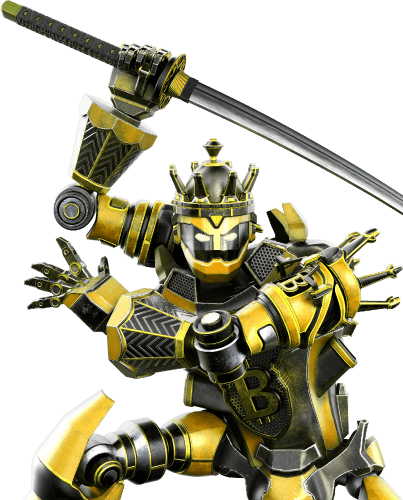
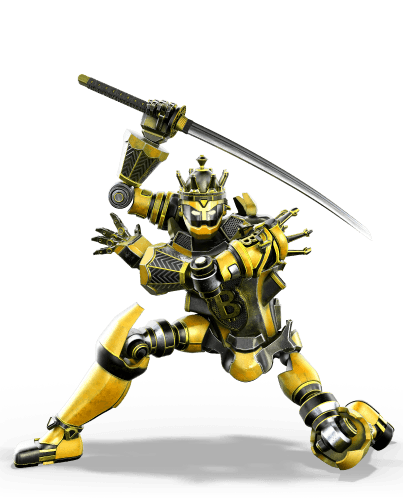
Need Game Art Services?
Visit our Game Art Service page to see how we can help bring your ideas to life!
What is Non-Photorealistic Rendering (NPR) in Game Art?
NPR (Non-Photorealistic Rendering) is an alternative to realistic visuals in game art services. It doesn’t copy real life; instead, it makes stylized art that is full of personality. NPR facilitates bright cartoons, dazzling comic books, or smooth cel-shaded visuals.
This Rendering Technique helps game artists focus on what’s important in their works, like making figures stand out or making settings that players will remember.
Suppose you are photographing your pals. A normal picture tries to show the person exactly as they are in real life, including all the little details of their face, clothes, and settings. That’s also what most games try to do. But NPR is not like that! It’s not the same as taking a normal picture; it’s like turning your friends into cartoon figures or painting subjects.
Remember the game The Legend of Zelda: Wind Waker? They didn’t try to make the main character, Link, look like a real person. Instead, they made him look like he was straight out of a cartoon, with big eyes that could show a lot of emotion, strong lines, and bright colors.
Read More: What is Physically Based Rendering (PBR)?
What Are The Common NPR Techniques in Game Art?
These methods, which include improving edges and changing color palettes, are what Stylized Art is built on. They let developers create their own unique artistic ideas while often making some technical parts of the drawing process easier to use.
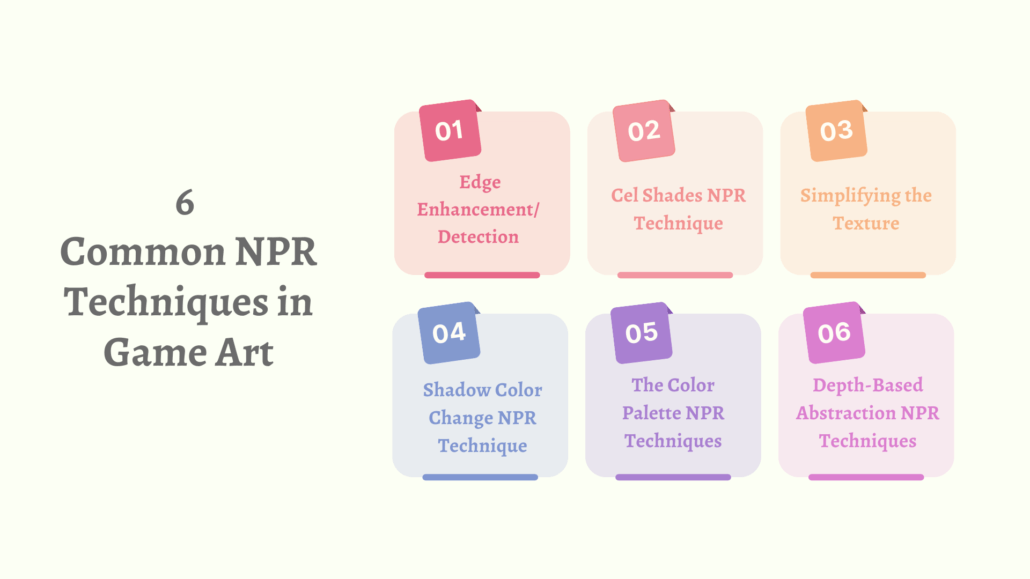
1- Edge Enhancement/Detection
NPR (Non-Photorealistic Rendering) brings out the details in games by drawing attention to the lines between things you see. This Rendering Technique looks at color, surface angles, and depth to make lines that are strong and clean. Smart DoG filters and Sobel recognition make it possible for artists to change how thick and bold these lines are in their Stylized Art.
Cool Ways to Make It Work:
- Get super-accurate edges using G-buffer data
- Run multiple passes to catch different edge types
- Adjust how sensitive the edge detection is (0.1 to 0.5 works great)
- Make lines thicker or thinner based on distance (1-5 pixels)
- Mix color and shape detection for the best results
- Keep those edges smooth during movement
- Use surface angles for consistent outlines
- Change edge colors based on depth or lighting
2- Cel Shades NPR Technique
This technique, called cel shading, changes normal game images into bright cartoon art. You don’t get smooth shadows; instead, you get clear areas of light and dark, generally between 2 and 4 levels. It’s what makes games look cool and hand-drawn.
Tips on How to Do It Right:
- Use a ramp texture to regulate light levels (256×1 pixels would suffice).
- Clearly divide lights into steps (two to four steps work best).
- Add that nice glow to the edge (0.5 to 1.0 strength)
- Make shadow lines that are sharp.
- Sharp cutoffs can make highlights stand out.
- Separate colors into clean bands (3 to 5 bands work best).
- Enhance the impact by adding outlines
- Shape the surface in different ways to add style.
3- Simplifying the Texture
This Game Art method gets rid of small features on the surface to make images that are bold and clear. Smart filters keep the important parts and smooth out the rest, which is what the Shaders do. It has that clean, strong look while still being understandable.
How to Make It Work:
- Use mutual filters (3–7 pixels radius should do the trick).
- Just remember the important bits (0.1 to 0.3 works great).
- Limit the colors to what they need to be (8–32 levels work well for this).
- Lower how much information changes as you move away.
- Focus on what matters to keep the important things clear.
- Keep the lines where they matter.
- Hold everything steady while you move.
4- Shadow Color Change NPR Technique
Shadows that aren’t just dark are a lot more fun to work on in games! When you use this rendering technique, shadows become beautiful colors that really make games stand out. They can make beautiful colored shadows that change based on what’s around them or the time in the game instead of just dark shadows.
This is what makes it work:
- Use HSV colors to achieve ideal shadow tones (0.2–0.8 works well).
- Make dark lines. Pick out colors that look great next to things around you
- Shift the colors of the shadows from day to night (for 24 hours)
- Create shadows with special maps and change the color in different places
- Easily blend the shadow colors.
- Stack shadows of different colors (2–3 layers should do it).
- Add soft shadows that pick up colors around them.
- Light colors should also change shadow colors.
5- The Color Palette NPR Techniques
When it comes to 2D and 3D art, changing the colors can make a game feel very different. This visual style trick is very exact; it’s not random at all! Developers use special color tables and clever math to ensure that everything works flawlessly.
Useful Colors Tips from the Pros:
- Make color tables. The best size is 256x16x16.
- Set different color feelings (3 to 5 different vibes)
- Change the color temperature at any time (2000K–15000K)
- Use the rules on the color wheel to make colors go well together.
- You can change some colors without affecting others.
- Use style to make bright color bands (8–32 bands work best).
- Change the shades over time.
- Let the surroundings change the colors on their own.
6- Depth-Based Abstraction NPR Techniques
Those faraway items seem different than those close up – but in an artistic manner! It gets more artistic as you move away from it. This is a great way to make games look great.
How to Really Do It:
- Make various detail areas based on distance (3 to 6 areas work well).
- Add a smooth blur (0.1-1.0 intensity) as objects move further away.
- Changes in details should look normal from a distance.
- Shades should fade as they go further (0-100% range).
- Change the line’s width based on its distance
- Add cool effects for distance
- Change the color as you move away.
- Emphasize important things via distance.
What is The Role of Shaders in NPR?

NPR (Non-Photorealistic Rendering) works because of shaders. You can use them on your graphics card to change regular 3D pictures into beautiful, stylized art. There are different ways to use these rendering techniques to get the look you want, such as Cel Shading or painting.
Shaders do the following cool things:
- Style translation in real-time: Shaders quickly turn your regular 3D drawings into art styles! They can make your game look completely different without you having to make any new art.
- Lighting and shadows: Do you want cartoon-style shadows that are sharp and clear? Shaders, take care of that! Their lighting tutorials are easy to follow and help you get the right cel-shading look.
- Find and improve edges: Shaders find and improve the edges of everything in your game. They can make lines thick or thin, big or small, depending on your taste.
- Changes to colors and control over palettes: Need to quickly change all of your colors? No worries, Shaders has you covered. They can change colors right away to match any style of art.
- Changes to material properties: Shaders let you change how things look in your game. Their patterns and textures can make things look drawn, sketched, or completely different.
- Effects added after processing: These are the finishing touches that make everything great. Shaders let you tweak the look of your game by adding blur, glow, or grain.
- Changes to geometry: Shaders can move things around to make cool effects. Do you want shaky lines or weird animations? They make it happen!
- Optimizing performance: Shaders help make things run very smoothly by using the power of your graphics card instead of your processor.
How Does NPR Fit Into the Game Development Process?
Non-photorealistic rendering (NPR) in games needs collaborative effort and smart planning. It’s not just about creating eye-catching art; it’s about making sure the whole process goes easily.
Pre-Production Phase (Art Direction)
Before starting to make the game, teams need to decide on their visual style and make sure they have the right technology in place for NPR. This starting phase lasts between 4 and 8 weeks and is where the first step starts!
Tech artists and art directors collaborate to create style standards, decide what the computers must be able to do and establish benchmarks for how smoothly everything should function. They come up with different style ideas, try out different ways to make things look great, and make a solid plan for how to make all the art for the game.
- Style Definition Phase (2-3 weeks): The fun part is now here! That’s when artists really try out all sorts of different styles on different game pieces. In their tests, they use a range of picture sizes, from 512×512 to 4096×4096, and items with as few as 1,000 polygons to ones with over 100,000 polygons. Their job is to make sure that everything looks great in all kinds of light and runs very smoothly at 60 frames per second or more. Finding the best mix between looking great and moving fast is the key!
- Technical Prototype Phase (2-4 weeks): Here’s where the IT experts excel! They work on shader programs for 2 to 4 weeks to bring the art style to life. These shaders take care of everything, from simple surfaces to complex effects. It is tested on both simple materials with only two to three texture maps and complicated materials with up to 10 or more maps and extra effects. The only thing that matters is making sure the game looks great and runs well.
Production Integration
When rendering artists start using those rendering techniques across the whole game, that’s when the real action starts! As you might expect, this step is very important and takes 30 to 40 percent of the total production time. Everyone is working together to make sure that each piece of art looks great and works correctly. The tech team makes sure everything works well, and the artists make beautiful images that look great with the game’s style.
Base Rendering Layer:
- 60+ FPS target maintenance
- 1-4 million pixel processing per frame
- 10,000-100,000 vertex handling
- 2-4 render passes management
- 16.6ms frame time target
- <2ms frame time variance
Testing and Optimization Phase
The last and most important step in NPR integration is testing and tuning, which usually takes 20 to 25 percent of the development cycle. During this part, the major goal is to make sure that all game material has the same level of performance, visual quality, and style while still meeting the performance goals.
Performance Benchmarks:
- Shader compilation: 50-200ms
- Frame render time: 16.6ms target
- Memory overhead: 10-20%
- Draw calls: 100-1000 per frame
- Asset loading time: <100ms
- Texture memory usage: 20-40% reduction
Quality Control Metrics:
- Style consistency: 90%+ match
- Performance impact: <20%
- Visual artifacts: <1%
- Frame time variance: <2ms
- Color accuracy: 95%+ match
- Edge detection accuracy: 98%+
Advantages and Challenges of Using NPR in Game Art
The benefits can be well worth the work, but you need to know a lot about technology and plan carefully to get it right. Yes, there are some tricky parts to figure out, but NPR can really make your game stand out if you use it right.
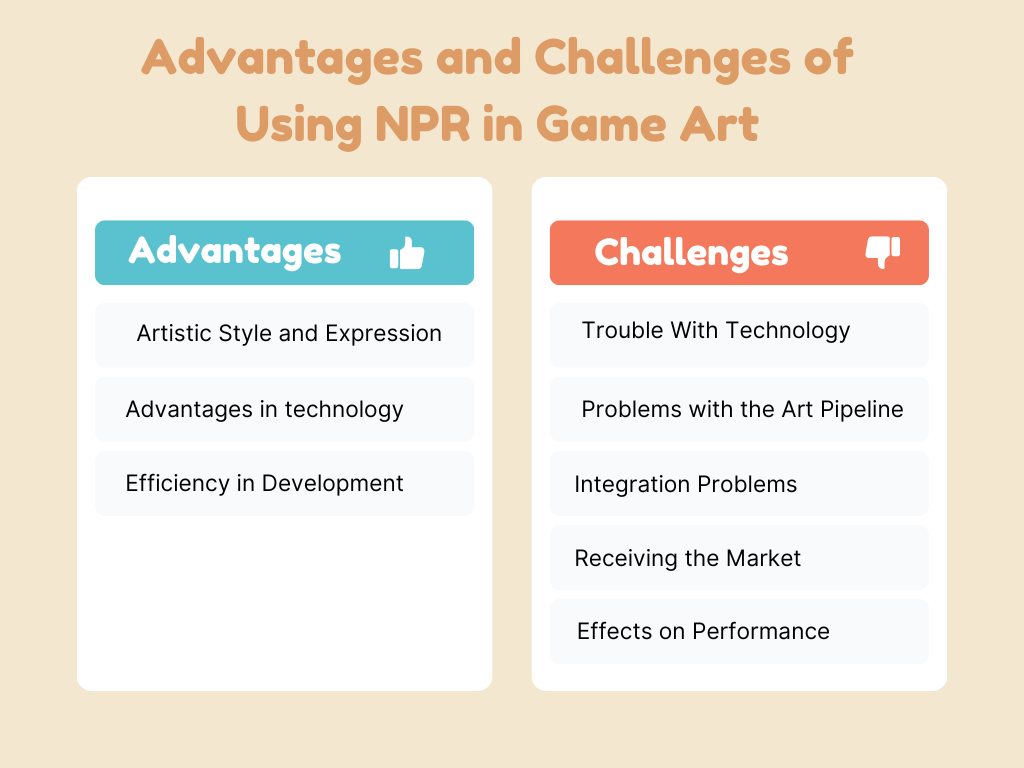
Advantages of Using NPR
- Artistic Style and Expression: NPR helps make images that really stand out, which can increase brand recognition by as much as 60%. The most interesting part? You don’t have to start from scratch to change or improve your visual style. Thanks to smart shading tricks, the same set of art files can look great in a lot of different styles.
- Advantages in technology: Cool stuff happens on the tech side. Games can use 30–50% fewer pixels and 20–40% less image memory when they use stylized art. For gamers, this means games look better, run more effectively, and take up less space. It’s easier on the equipment, but the lighting is still very impressive.
Efficiency in Development: When you use NPR, making games is a lot easier. It’s faster for teams to work on art files, and testing is a lot easier. The graphics look great on both powerful PCs and small mobile devices, so these games are easy to play on a variety of computers and phones.
Challenges of NPR Implementation
- Trouble With Technology: But let’s be honest: NPR isn’t always easy. Those fancy shader effects take an extra 2–4ms to process each frame, and you have to handle multiple draw runs at once. Also, how do you make sure that all of the thousands of game images look the same? That is a real brainteaser that requires a lot of technical know-how.
- Problems with the Art Pipeline: There is a lot of work to do before you can start with NPR. Teams need 3 to 6 months to make the right tools and one to two months to teach artists how to use the new style. At first, it costs a lot, but it’s worth it when your game has that flawless look that makes it stand out.
- Integration Problems: It can be hard to get NPR to work well with game systems. Often, you need to make your own shaders and make changes to the drawing process. Then there’s the task of making sure that your game looks great on both smartphones and cutting-edge gaming PC.
- Receiving the Market: The big question is: Will people like your style? NPR games have to find a way to stand out while also giving players what they expect from their favorite types of games. It’s all about finding the right balance between individual style and player happiness.
Effects on Performance: In the end, you can expect to spend 15–30% more time on early creation but 20–40% less on long-term upkeep. If you’re in it for the long put, that’s a pretty good deal! It may take longer to set up games that use NPR, but they’re usually easier to keep going smoothly over time.
Read More: Realistic vs. Stylized Art Style in Games
Examples of NPR in Popular Games
Now is time to see some examples of NPR in popular games:
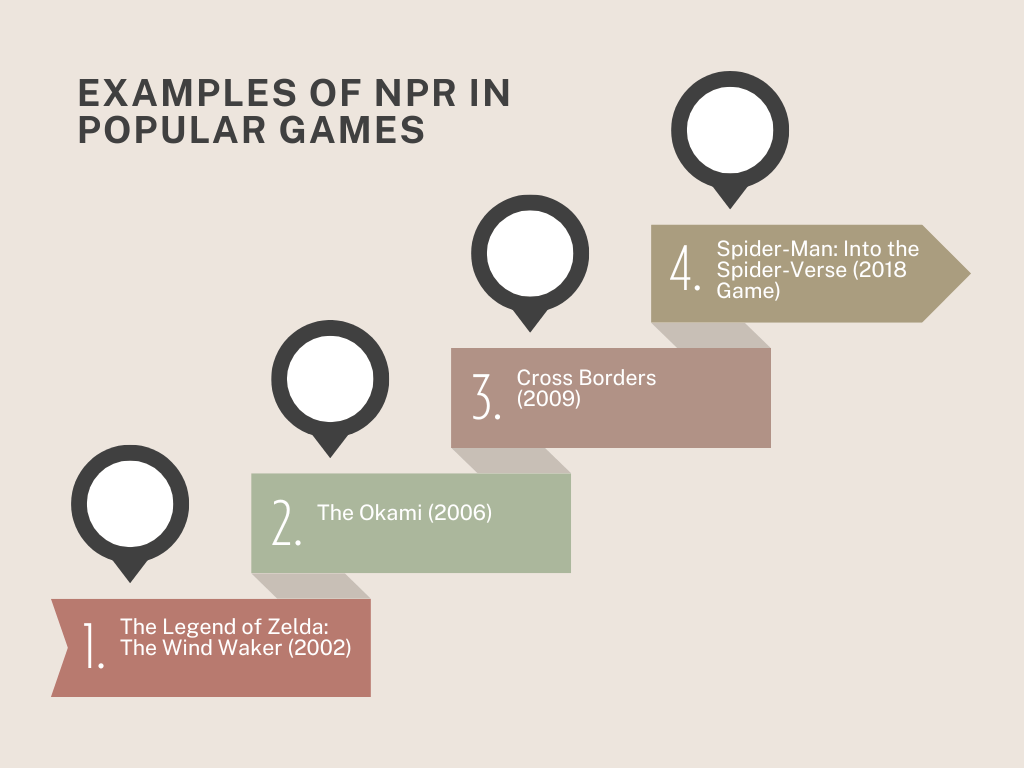
The Legend of Zelda: The Wind Waker (2002)
The NPR (Non-Photorealistic Rendering) engine was completely changed by this game! Wind Waker made a big splash in the game world with its bold cel-shading style, which used two or three lighting bands and really cool shadow effects.
They made figure shapes (0.5 to 1 pixel thick) that stand out on the screen and colors that stay beautiful and bright no matter what the lighting is like. It still looks great, and a lot of other games were inspired by it to get creative with their art styles.
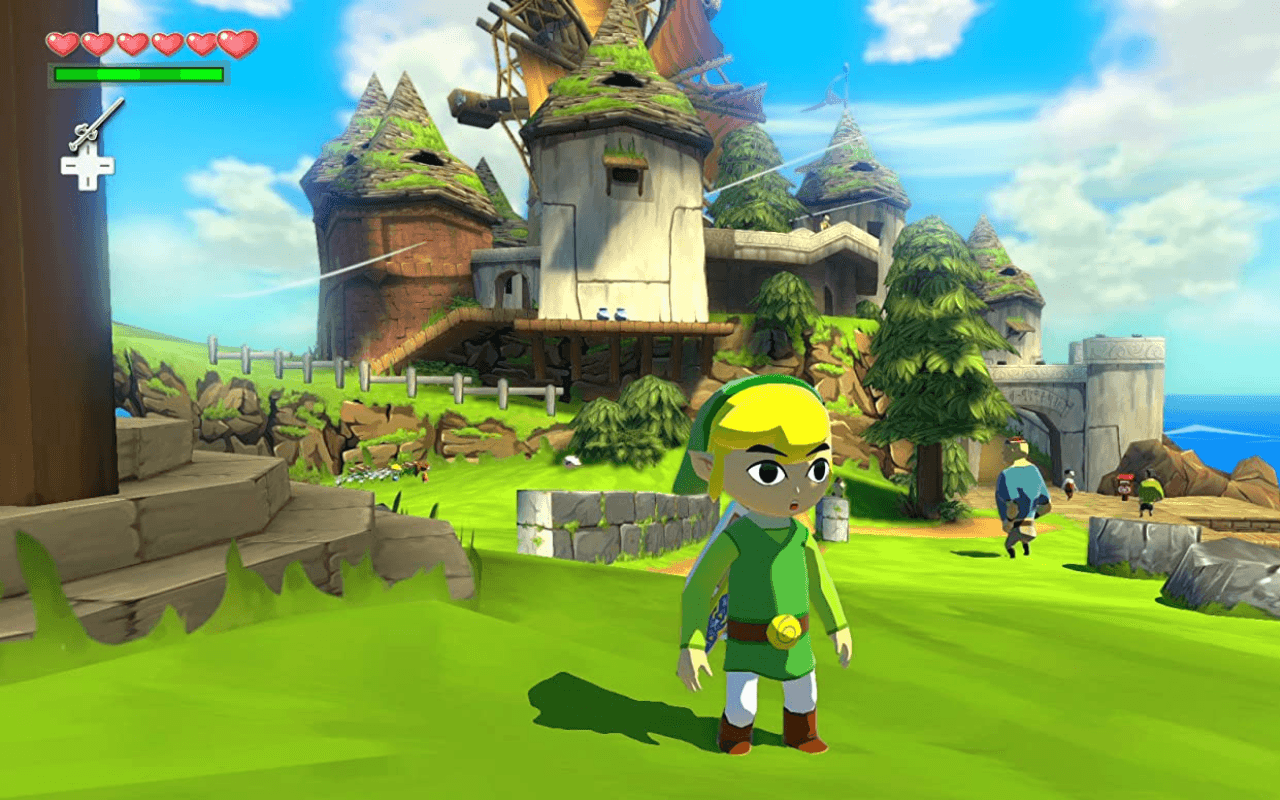
The Okami (2006)
Okayami made amazing stylized art that brought Japanese ink drawings to life. Real-time brush strokes with three to four types of ink make the game feel like you’re painting on paper. It stays at 60 FPS even when all the cool painting and ink effects are on at the same time. This is pretty cool stuff!
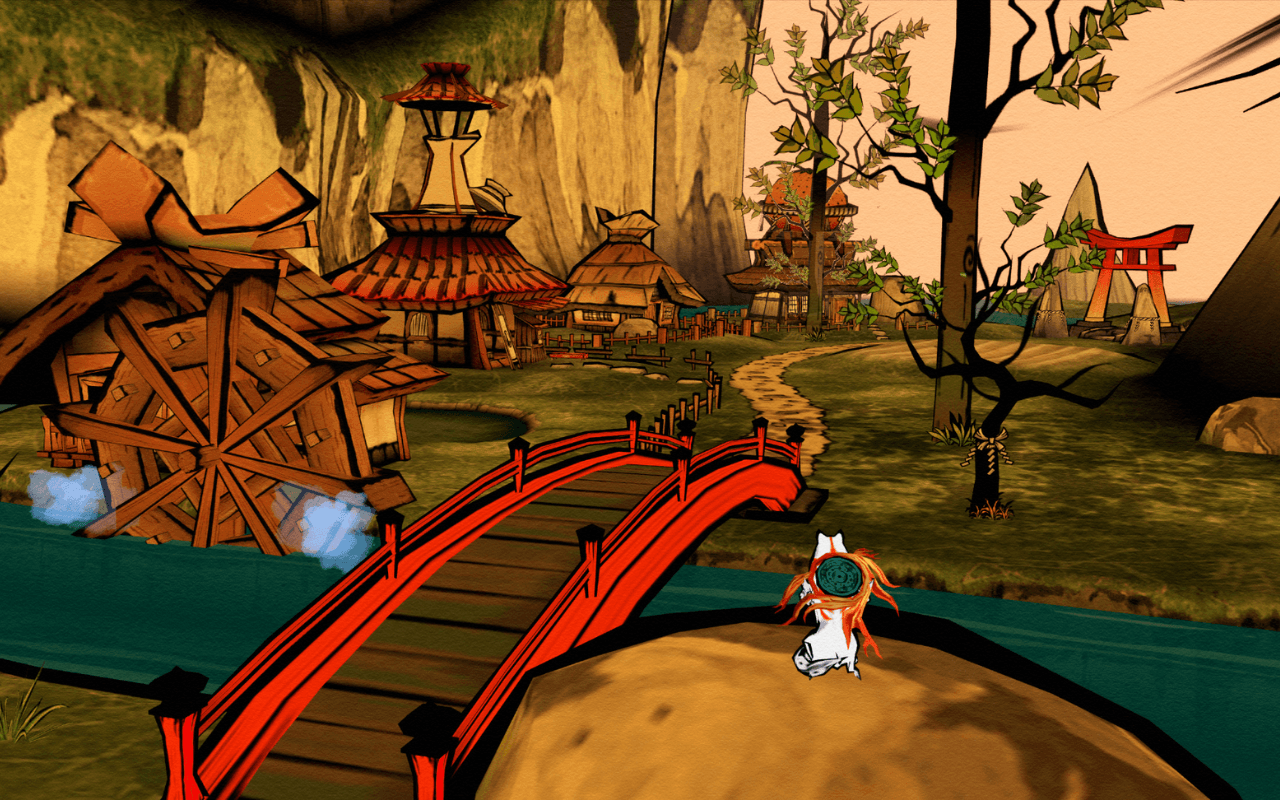
Spider-Man: Into the Spider-Verse (2018 Game)
This game used some really cool rendering techniques to bring the movie’s amazing style into video games. They did some crazy things:
- Changed frame rates to make movements feel quick.
- Added dots that look like they belong in a comic book and move with the action
- Put together a scene with a mix of art styles
- Draw lines that change depending on how you look at them.
- Made that cool comic book color effect where the colors aren’t lined up right.

Conclusion
Non-photorealistic rendering (NPR) is making the game cooler than ever! NPR shows us that great pictures don’t always mean copying real life. Games are getting better all the time. In its place, it lets creators make visual styles that really connect with players and move them. The best part? Most of the time, these one-of-a-kind looks work better on our phones than trying to make everything look very real.
